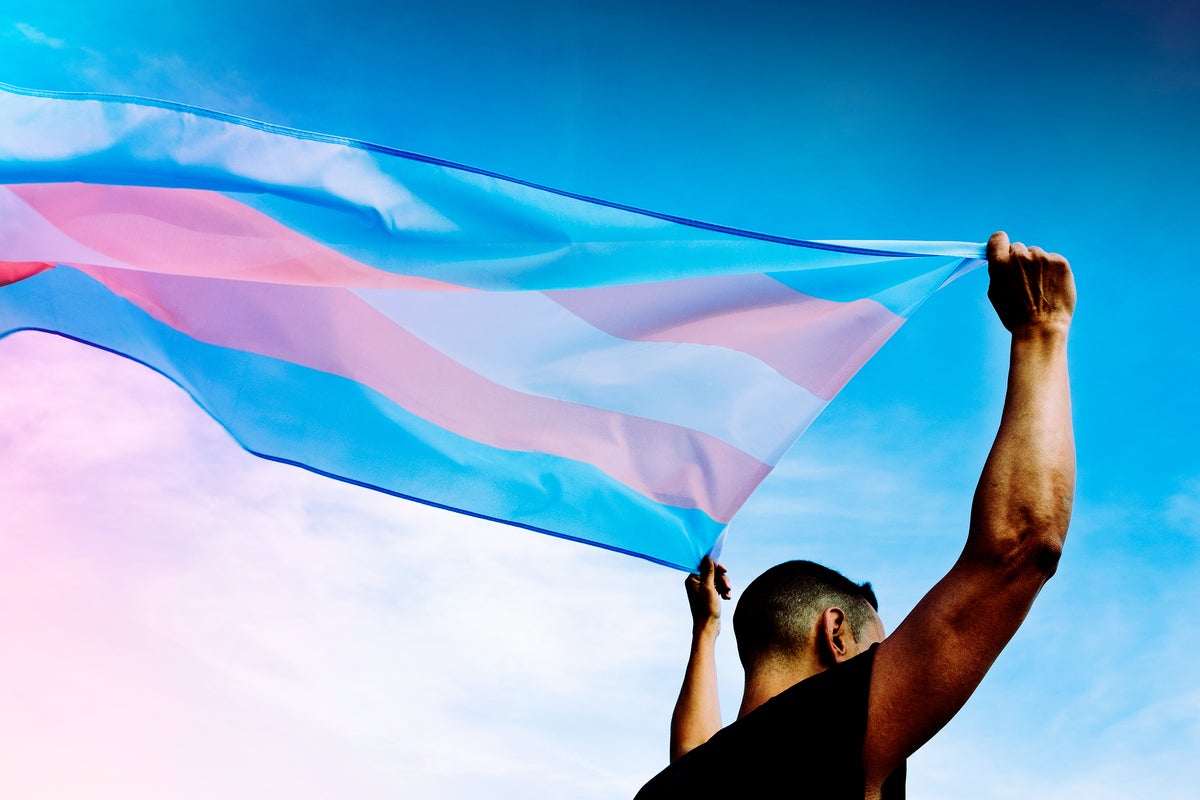
Max Masure endures being called the wrong name, however unwillingly, because certain companies’ technologies don’t offer an option for customers to share anything other than their legal names.
As an ethical UX researcher and a transgender nonbinary queer person, Masure (they/them) considers it an unacceptable practice that harms individuals, counters inclusion, and ultimately hurts business.
Masure finds it off-putting to be called by their feminine-sounding legal name when they now present as masculine. Being forced to endure such incidents due to thoughtless tech designs and business practices can sour customers on the brand, they say.
And while such incidents haven’t created unsafe situations for Masure personally, they stress that those slips could be dangerous in certain circumstances, for example, in an unwelcoming crowd or a hostile region.
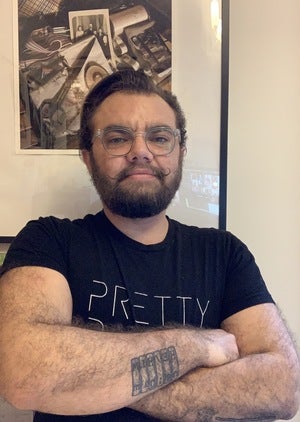
Max Masure (they/them), ethical UX researcher and DEI consultant
Masure believes that all organizations should design their technology with everyone in mind and focus on developing code designed for the least-privileged groups. That approach is a major part of universal design, a process by which technology is ensured to work for everybody and doesn’t exclude, offend, or endanger.
“Whenever you ask for someone’s name, or anywhere there’s a form, there are good practices to do to that in a way that respects transgender individuals,” Masure explains.
Some companies are taking that advice. Global financial services firm Citi, in conjunction with Mastercard, announced in October 2020 that it was offering transgender and nonbinary individuals the ability to use their chosen first name on credit cards. Citi also created processes that enable customer service to address individuals by their chosen names.
Efforts like that are a start, Masure and other advocates say.
But true diversity, equity, and inclusion (DEI) requires more than acknowledging preferred names and pronouns. Rather, it requires real change in business practices to meet the needs of an increasingly diverse society, including those from the LGBTQIA+ community.

Kristi Lamar (she/her), managing director, Deloitte
And that change happens when organizations foster diverse, equitable, and inclusive workplaces, including and especially within their IT ranks, advocates say.
“We have to have leaders who are out in front on this, and we have to have leaders who are measured in a real and meaningful way in how diverse and inclusive they’re making their teams,” says Kristi Lamar (she/her), who as a managing director at Deloitte and a leader with its US Women in Technology group advises on diversity issues within the tech profession.
The hard truth of organizational DEI commitments
Enterprise leaders indicate a commitment to DEI. According to the 2021 Fortune/Deloitte CEO Survey, 94% of responding executives list DEI as “a personal strategic priority/goal” with 90% saying their organization aspires to be an industry leader in this space.
CIOs appear similarly committed, with 98% of the 370 CIOs and technology professionals polled in a 2020 Educase survey saying the “values of diversity, equity, and inclusion are personally important.” The same survey found that 97% agree that “diverse, equitable, and inclusive workplace environments benefit everyone.”
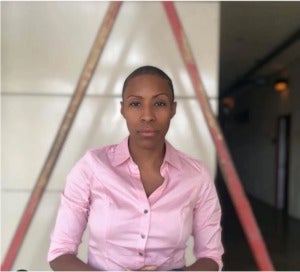
iAsia Brown (she/her), program manager II, Microsoft
iAsia Brown (she/her) testifies to that. Brown, who identifies as a lesbian, says the tech industry allows her to be herself. “What I love about tech is you get to show up exactly as you are because your skill set, that’s what people care about,” says Brown, a U.S. Marine veteran now working as program manager II at Microsoft.
Brown says the tech profession seems increasingly interested in the perspectives that she brings as a member of the LGBTQIA+ community. Tech also seems to seek out insights from other communities, too, as companies are increasingly recognizing that their customers are demanding their unique needs be met.
“It’s a field where your voice is needed, because if you can’t give people what they need and what they want, then you’re going to be the next Blockbuster Video,” she adds.
Brown’s experience, however, is not universal. Boston Consulting Group and the Lesbian, Gay, Bisexual & Transgender Community Center, a nonprofit service and advocacy group, surveyed 2,000 LGBTQ employees and 2,000 non-LGBTQ (straight) employees across the US and found that 40% of LGBTQ employees are closeted at work and that 75% have experienced negative day-to-day workplace interactions related to their identity.

Melinda Briana Epler (she/her), founder and CEO, Change Catalyst
Other statistics also indicate that the workplace doesn’t truly embrace DEI. Melinda Briana Epler (she/her), founder and CEO of Change Catalyst, which works with organizations to build inclusive tech ecosystems, says a 2020 survey showed that 65% of nonbinary individuals experienced discrimination at work, only 46% said they felt safe and a mere 38% felt like they belonged.
There are multiple reasons for those figures, Epler and other advocates say. Some report outright aggression and harassment as well as the lack of gender-neutral facilities, which can jeopardize personal safety; others report discrimination and microaggressions that add up.
“There’s everything from being called a ‘diversity hire’ to not being listened to so you can’t really grow or thrive,” Epler says, adding that discrimination is sometimes unintentional and often indirect. CIOs won’t believe they’ve denied promotions for people because they’re gay or transgendered but rather because as an individual they “don’t seem like leadership material.” An executive might pass up LGBTQIA+ individuals for stretch assignments or raises because they “come off too angry or too strong or because they’re not strong enough.”
Others might lose out because they’re not comfortable congregating for off-hour get-togethers in bars or because they’re excluded from casual conversations that often veer toward personal anecdotes about family and weekend plans, advocates say. Some LGBTQIA+ individuals avoid such gatherings if they feel they can’t freely or safely talk about their same-sex partners and other such information. It’s a scenario that leaves them out of the loop and open to charges of not being a team player.
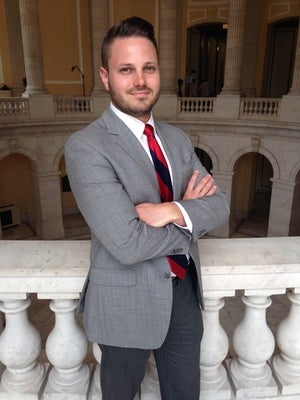
Chris Wood (he/him), executive director and co-founder, LGBT Tech
Chris Wood (he/him), executive director and co-founder of LGBT Tech, which works at the intersection of LGBTQ communities and technology to ensure representation and access, says the overall lack of representation of LGBTQIA+ individuals in the profession and the discrimination that exists toward them mirror overall societal trends. But he also says many tech professionals feel they can’t identify themselves at work without repercussions, a fact that stems from not only negative experiences in their everyday jobs but also from the lack of representation among enterprise executives and tech company leaders.
That — along with the lack of diversity represented in STEM curriculum — can make the professional seem unwelcoming to young people, says Carlos Gutierrez (he/him), deputy director and general counsel with LGBT Tech. As a result, tech isn’t attracting a diverse field of new candidates, which further perpetuates the problem.
The CIO’s role in DEI
Jason Conyard (he/him) knows the value of creating an inclusive workplace: both as CIO of VMware and as a member of the LGBTQIA+ community.

Carlos Gutierrez (he/him), deputy director and general counsel, LGBT Tech
Like many others, Conyard guarded his identity at work but found his career take off once he came out at the office. “My career changed. It had been in the doldrums for a while because I was constantly investing energy in filtering myself. But when I stopped doing that, I could really reach my full potential,” he says.
As an executive, he says he now owes it to both his company and others to ensure all workers can feel included so they can excel.
“When you create an environment where they can be themselves, and fully be themselves, they come alive and they can reach their full potential, too,” Conyard explains.
Advocates say other enterprise executives should follow Conyard’s example and work to create a truly diverse and inclusive workplace, noting that CIOs have an opportunity to lead these efforts.

Jason Conyard (he/him), CIO, VMware
IT insiders explain that CIOs and their teams are positioned to promote universal design principals — creating, for example, data input fields that say “partner/spouse” instead of “husband/wife.” IT teams are also positioned to establish data policies that safeguard sexual and gender identities while enabling individuals to be known exactly as they chose to identify.
“As an LGBTQ+ person and researcher and presenter who works with CIOs, it’s refreshing to see changes happening and CIOs learning about DEI, working to achieve equity, and helping people to become more connected,” says LJ Justice (they/them), a research principal with Gartner. “But what we’ve been hearing from CIOs and IT leaders is that they know they’re still falling short and they want to identify how they can do better.”
Justice and others say CIOs who want to do better have strong incentives to do so, as an inclusive workplace is both ethical and enterprising, with studies consistently showing that organizations with diverse teams outperform their peers.
“The CIO is working to connect both internally and externally with customers, and those customers are from a diverse base. It’s your job to think about anyone who may use your service or your product. And if you’re not, you’re losing out on a portion of people,” Wood says.
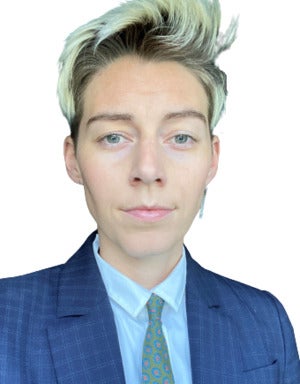
LJ Justice (they/them), research principal, Gartner
Experts say CIOs who build diverse teams do so by making it a priority and taking actions that create a culture where everyone can show up and be their full authentic selves.
They include the pronouns they use to identify themselves — a signal to others that they accept and invite others to do the same. “That demonstrates allyship,” Justice says, adding that displaying the rainbow flag and other Pride symbols does the same.
And they get to know their staffers on a personal level through office hours when workers can visit and talk. “It cultivates trust,” Justice explains.
Such CIOs also look at how they run their departments, evaluating everything from recruiting practices to promotion tracks to ensure they’re fair to everyone. “They ask themselves the hard questions: Do I have biases going into hiring, promotion, and compensation? Am I running inclusive meetings? Am I doing the work to learn and build empathy?” Epler says.
Masure, who also works as a DEI consultant, says CIOs should look for new hires who aren’t the “right fit” but rather a “value add” to ensure they’re creating teams that reflect a diverse society and can deliver systems that work for everyone.
CIOs and their C-suite colleagues should also take more than symbolic or one-time actions and instead commit to ongoing diversity efforts, and measure and report their progress.
“There’s a level of authenticity needed here. It can’t just be a Pride banner in June, and it can’t be a side project. Diversity is important year round and it needs to be backed up by resources,” Gutierrez says.


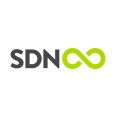


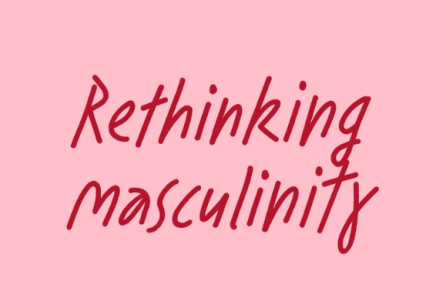
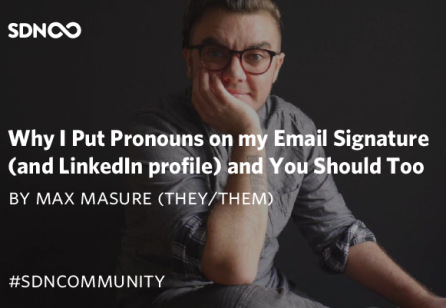
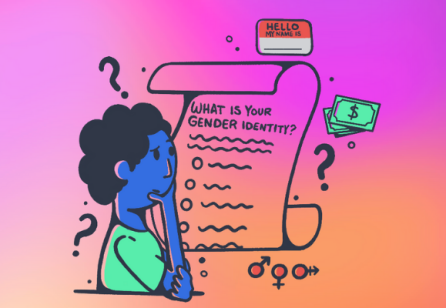

Share your thoughts
0 RepliesPlease login to comment